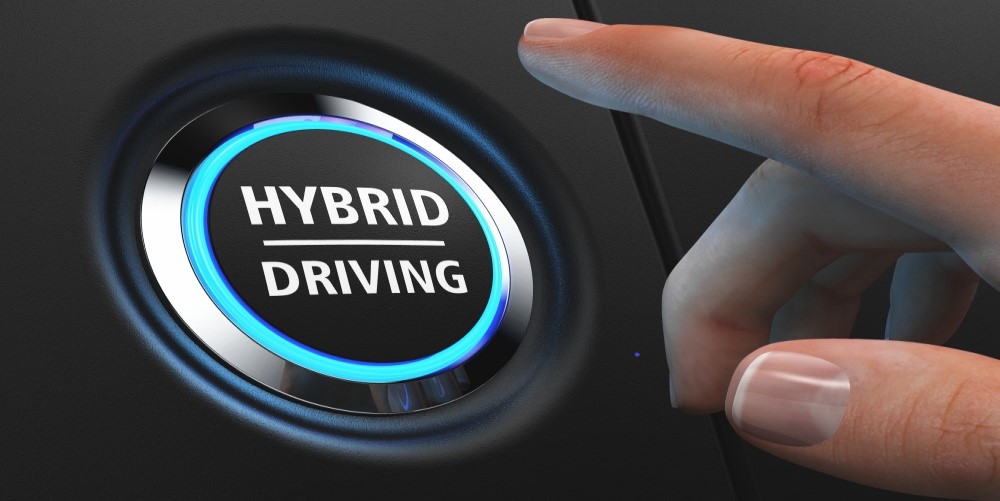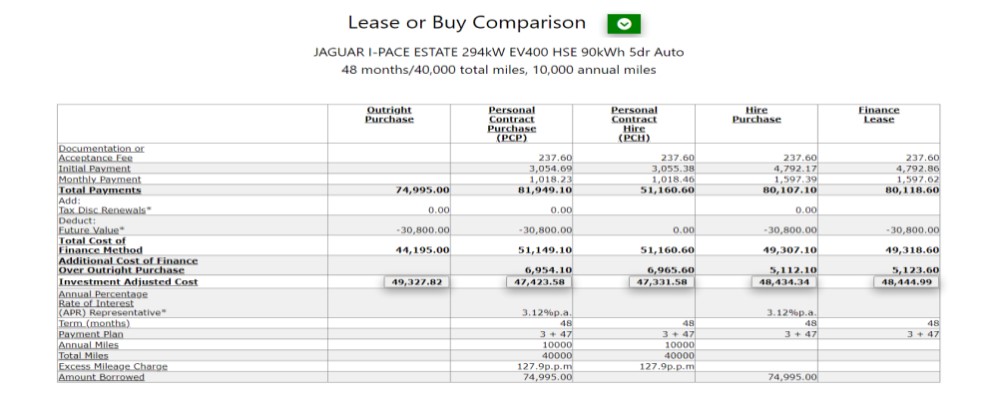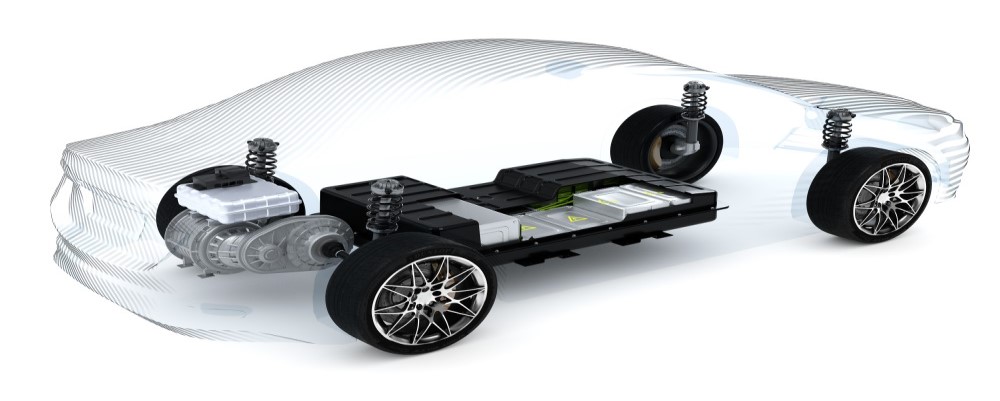The FleetPro Blog: What Is A Hybrid Car?
We explain the different types of hybrid powered cars
What Is A Hybrid Car?

3 September 2020
Just what exactly is a hybrid car and how does it work?
The term 'hybrid car' has been around for quite some time now, but if you asked yourself what it means, how would you answer?
Well, you'd probably take a while to give your answer, because there isn't just one type of hybrid car available, there are currently three different types of propulsion vying for the name 'hybrid'.
So let's take a tour through the different types of hybrid car available and explain what each variation means.
But What Does Hybrid Mean?
Before looking at the different types of hybrid, let's explain the term itself.
Traditionally cars (plus vans and trucks) have used internal combustion engines ('ICE') to get moving. ICE vehicles burn fuel (usually petrol or diesel, but sometimes ethanol or gas).
Car designers worked out quite some time ago that you could supplement the ICE engine in a car with an electric motor and get a combination of:
- Better fuel consumption
- Faster acceleration
- Longer range
- Lower exhaust emissions
The resulting combination of ICE motor and electric motor to propel a vehicle was termed hybrid, and soon car manufacturers began experimenting with different types of electric motors to upgrade their ICE engine capabilities.
Down The Drain
Engineers soon realised that adding an electric motor to an ICE vehicle could only give a very short burst of power - the electric motor would drain the car battery within seconds.
Bigger batteries were needed and, preferably, some way to recharge those batteries or keep them topped up when on the move.
And so manufacturers went off in search of bigger batteries and a place to store them in the car, plus a way of recharging.
As battery technology has evolved the consensus has been to put the batteries under the passenger compartment of cars.
Some manufacturers have opted to focus on cars that would recharge themselves, whilst others are adding an external charge point so the car can be plugged in to recharge the battery.
Diversity
Now hybrid design has evolved to a level where there are 3 types of hybrid:
- Mild hybrids - with a battery not much bigger than normal and the ability to provide electric motoring only as a temporary boost to supplement the ICE engine (e.g. when accelerating)
- Self-charging hybrids - able to operate on just electric motors and with the batteries topped up by recovering energy as the car moves or brakes
- Plug-in hybrids - where bigger batteries are recharged by plugging the car into mains electricity, typically with a longer electric-only range
And of course we also have fully electric cars without an ICE engine and known as BEVs ('Battery Electric Vehicles').
What Difference Does A Hybrid System Make?
The effect of a hybrid system will depend on the size of the batteries and the electric motor.
For mild hybrids the electric motors are only capable of giving a short-term boost to the ICE engine capabilities of the car, but it allows the manufacturer to:
- shrink the size of the ICE engine in the knowledge that the electric motor will step in a make up for the reduction in engine power when necessary; and/or
- get more power into a car, possibly with less fuel consumption.
With self-charging hybrids (sometimes known as 'SEHVs' or 'full hybrids') the objective is to make the car usable from start up to initial motion at low speed (which is where ICE cars are least efficient).
This saves on fuel and exhaust emissions in stop-start traffic and around towns, but without the need for regular plug-in recharging.
Plug-in hybrids (also known as plug-in electric vehicles or 'PHEVs' - pronounced 'fevs') have sufficient battery capacity to travel on short, low-speed journeys typically within towns, using battery power alone, but as the name suggests, they need to be plugged in to recharge.
We've put together some data on the comparative electric ranges of hybrid cars, plus performance and recharge times for PHEVs and BEVs.
Take a look at our Eco Car Search where you can find hybrid car electric ranges and more.
Related Tools
Related Posts
What Else Do We Do?
FleetPro has a unique suite of free online tools to help you find the right car.
Take a look at some of our amazing calculators and decision tools for new car buyers.
-
Lease or Buy?
Could you lease a new car for less than the cost of buying? Our lease calculator will work out the best finance method for you. -
ICE or Electric?
Would an electric car be cheaper than petrol or diesel? Our ICE or electric calculator compares running costs instantly. -
Cash or Car?
Could you give up your company car for a cash allowance? Our 'cash or car' calculator will tell you. -
Car Search
Find your next new car by monthly payment, standard equipment, performance, economy and more .... -
fleetpro.co.uk
Why not visit our fleetpro.co.uk website and see for yourself the amazing range of tools and analysis? We'll keep your place here while you browse.






